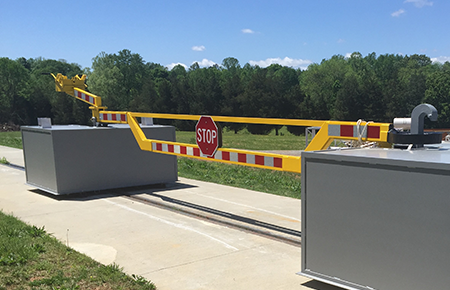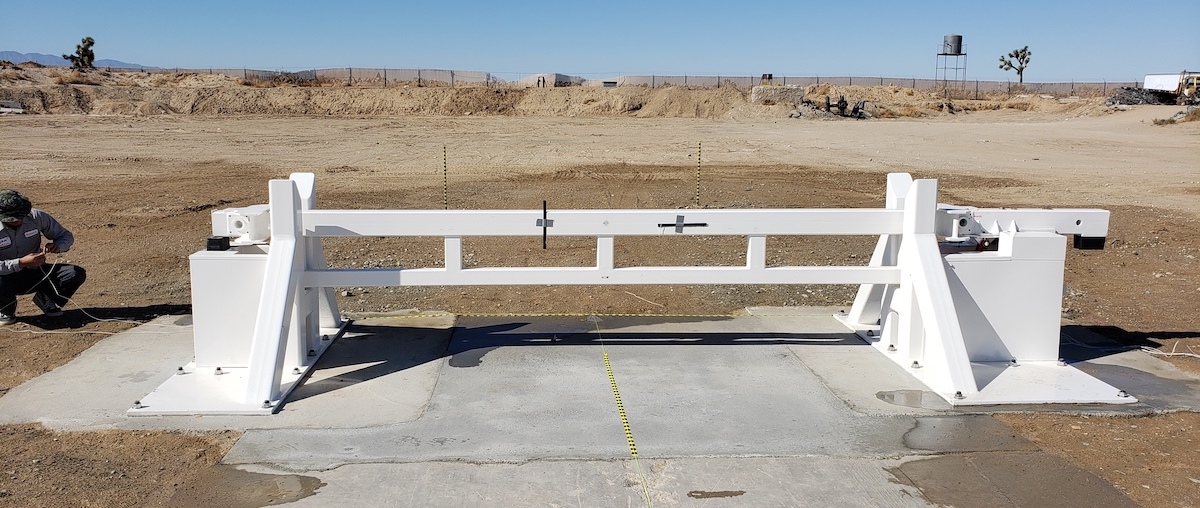8 Simple Techniques For Crash Beams
10 Easy Facts About Crash Beams Described
Table of ContentsThe 5-Minute Rule for Crash Beams4 Easy Facts About Crash Beams ExplainedSome Of Crash BeamsNot known Details About Crash Beams The Facts About Crash Beams Revealed
High beams profit vehicle drivers on dark roads in the evening and at other times when it is tough to see (Crash Beams). Incorrect high light beam usage can be hazardous. In Ontario, there are legislations to define appropriate use high light beams to assist stay clear of risks that could bring about a severe collisionHowever, making use of good sense, you can utilize your high beams safely also if you are uncertain of the distance. As an example: When you follow another automobile, transform your high beams off. Lower your high beams when you see the headlights of oncoming traffic, Reduced your high light beams when going up a hill Improper high beam use produces hazards for chauffeurs in approaching automobiles and the chauffeurs that incorrectly use them.
In this scenario, vehicle drivers are most likely to crash into various other vehicles. Chauffeurs may likewise miss out on various other objects or hazards in the road. Abuse of high light beams may also cause chauffeurs to misjudge: Exactly how much distance they need to brake drivers in this situation may be unable to stop in time to avoid a crash.
Irritation can promptly intensify into more dangerous practices. All drivers owe a task of treatment to avoid harm to others. Each instance is various.
Not known Details About Crash Beams

, where a looming crane has actually been brought in, and a big number of team trucks and lorries are blocking the road. Some cars cope far better than others with a lot more severe side collisions
, indicating suggesting there is still room for more even moreDevelopment Side airbags, which today are typical on a lot of brand-new traveler cars, are developed to maintain people from colliding with the within of the vehicle and with objects outside the car in a side crash.

To load this void, we initiated our own test with a different obstacle one with the elevation and form of the front end of a regular SUV or pickup at the time (Crash Beams). NHTSA obstacle, shown in yellow, superimposed over the taller barrier made use of in the initial IIHS test In 2021, IIHS overhauled its test with a much more serious crash and a more realistic striking obstacle
The 10-Second Trick For Crash Beams
It is closer to the ground and much shorter than the original IIHS obstacle however still greater than the NHTSA obstacle. Updated (left) and initial IIHS side test obstacles In our original examination, a 3,300-pound barrier with the approximate elevation of an SUV hit the chauffeur side of the car at 31 miles per hour.
As an outcome of these modifications, the new examination includes 82 percent more energy than the original examination. The honeycomb surface of the barrier in the 2nd examination is also different. Like real SUVs and pickups, the new obstacle has a tendency to bend around the B-pillar between the motorist and back guest doors.
The occupant space can be compromised in this manner also if the vehicle has a strong B-pillar. In both examinations, 2 SID-IIs dummies representing small (5th percentile) ladies or 12-year-old youngsters are positioned in the chauffeur seat and the rear seat behind the motorist. IIHS was the initial in the USA to utilize this smaller dummy in an examination for consumer information.
Shorter drivers have a higher possibility of having their heads come into contact with the front end of the striking lorry in a left-side crash. Designers take a look at three variables to identify side ratings: driver and passenger injury procedures, head defense and architectural performance. Injury navigate to this website measures from both dummies are made use of to figure out the probability that residents would sustain substantial injuries in a real-world accident.
Not known Details About Crash Beams

To load this space, we launched our own test with a different barrier one with the elevation and form of the front end of a regular SUV or pick-up at the time. NHTSA obstacle, received yellow, superimposed over the taller barrier used in the initial IIHS test In 2021, IIHS overhauled its test with a much more serious crash and a more reasonable striking obstacle.
It is better to the ground and shorter than the initial IIHS barrier however still higher than the NHTSA obstacle. Upgraded (left) and initial IIHS side test barriers In our original examination, a 3,300-pound obstacle with the approximate height of an SUV hit the chauffeur side of the vehicle at 31 miles per hour.
As an outcome of these adjustments, the new test involves 82 percent much more energy than the initial examination. The honeycomb surface of the barrier in the second test is likewise different. Like real SUVs and pickups, the new barrier often tends to flex around the B-pillar between the chauffeur and back traveler doors.
The Buzz on Crash Beams
The resident space can be jeopardized in this manner even if the vehicle has a strong B-pillar. In both examinations, 2 SID-IIs dummies standing for little click to read more (5th percentile) women or 12-year-old youngsters are placed in the motorist seat and the back seat behind the chauffeur. IIHS was the first in the USA to utilize this smaller dummy in an examination for consumer info.
Shorter chauffeurs have a greater chance of having their heads enter into call with the front end of the striking car in a left-side accident. Engineers look at 3 variables to establish side rankings: vehicle driver and guest injury measures, head defense and structural performance. Injury actions from the 2 dummies are used to establish the chance that passengers would certainly endure considerable injuries in a real-world collision.
If the automobile has airbags and they do properly, the paint needs to wind up on them. In cases in which the obstacle hits a dummy's head throughout impact, the dummy normally records extremely high injury procedures. That might not be real, however, with a "close to miss" or a grazing call.